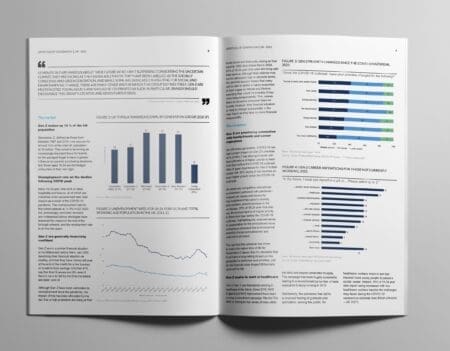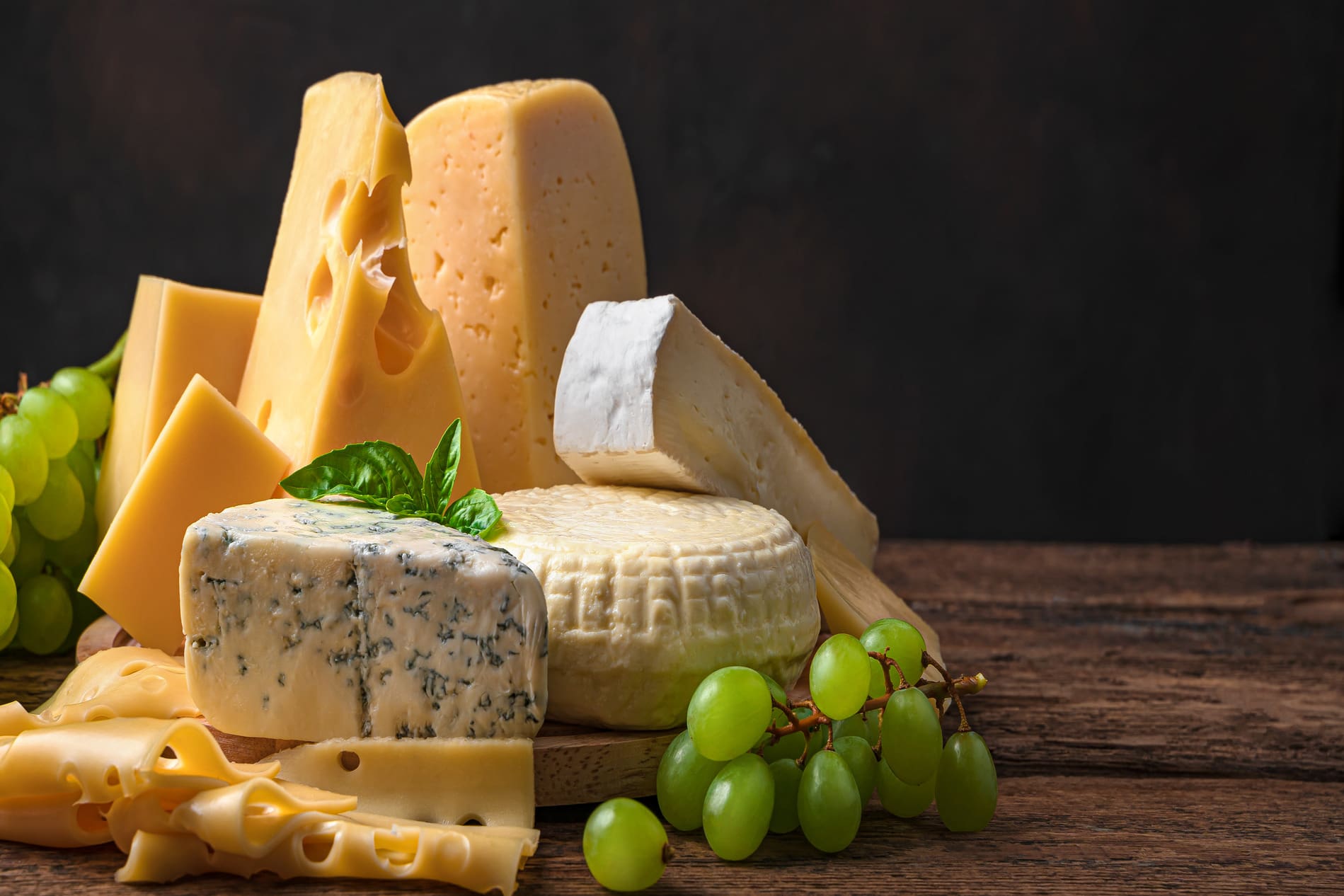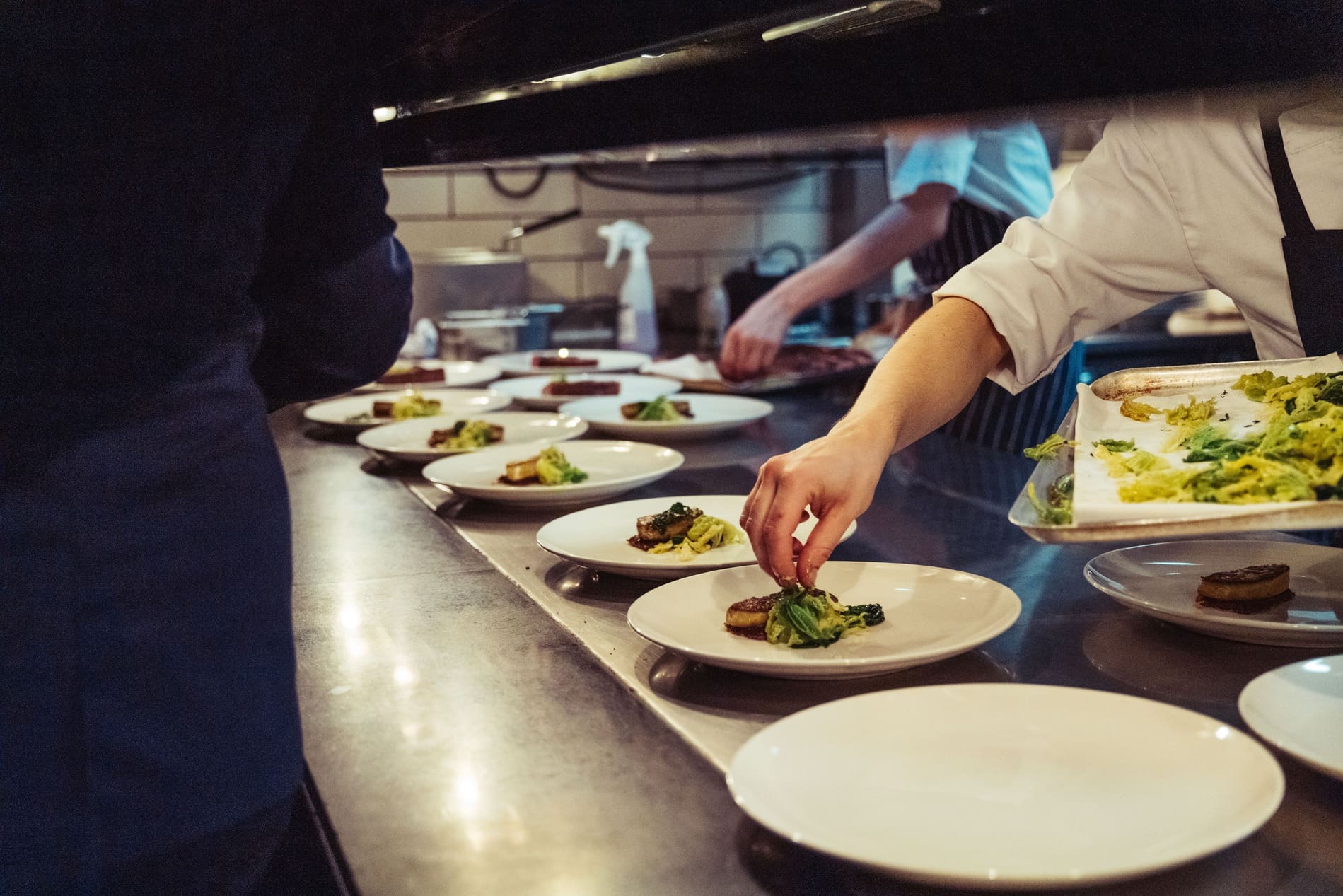Nestlé has upped its efforts to entice more health-conscious consumers to one of the most nutritionally bankrupt fixtures in the supermarket: the frozen pizza aisle. This summer, Nestlé announced plans to remove artificial flavors and reduce the level of sodium across 250 frozen pizza and frozen savory snack products including DiGiorno, Tombstone, California Pizza Kitchen and Jack’s pizzas. In line with the wider trend for more natural recipes and cleaner labels which is gaining across the food and drink industry, Nestlé has pledged to make the changes by the end of 2015. In line with the company’s existing salt reduction targets, it has also pledged to reduce the sodium content in the products by 10% compared with 2013 levels.
Any move that Nestlé makes across its huge pizza portfolio is likely to have residual effects for the whole category. The recipe reformulations could force other category players to either follow suit, or risk consumers questioning why they too haven’t stripped out artificial ingredients.
Alongside recipe changes, on-pack messaging will flag up the importance of eating pizza as part of a balanced diet. This can be seen on boxes of Nestlé’s latest pizza arrivals which launched in June 2015. For example, the four-strong DiGiorno Pizzeria! Thin range features a preservative-free crust, no artificial flavors, and the following message, which advocates a healthy diet and portion-controlling the pizza: ‘Make DiGiorno’s pizza just one of a variety of foods you enjoy each week. A perfect combination is one slice, a fresh salad and great company.’ Other new summer arrivals with these reformulated recipes include Tombstone Limited Edition Diablo and Bratwurst pizzas and California Pizza Kitchen Hand-Tossed Style pizzas. But Nestlé isn’t necessarily entering a wholly new area, as it has previously had pizzas which are free of artificial colors. For example, the California Pizza Kitchen’s Thin Crust range is free of artificial flavors and has been available for over a year.
US pizzas contain more salt than those from other countries
Nestlé’s action on salt reduction in pizzas coincides with new findings from the US Centers for Disease Control and Prevention which claim that nine out of 10 Americans are eating too much salt, and about half are trying to cut back owing to fears around heart disease and associated health problems. The American Heart Association (AHA) recommends that US consumers eat no more than 1,500 mg a day of salt, meaning that just one quarter slice of a standard frozen pizza is equivalent to over half of the recommended daily amount of sodium. So it’s not hard to understand why pizza has found itself in front of the firing squad of health campaigners. Furthermore, pizzas from the US are usually higher in salt than pizzas from other countries, according to the AHA, which cited a 2014 global survey from the UK health group, World Action on Salt and Health.
Nestlé’s decision to reduce the salt content of its pizzas by 10% is a step in the right direction. But, while the move may gain the company some positive press, and could have a positive impact if other pizza makers follow suit, the reduction is coming from a fairly high base. For example, the new DiGiorno Thin pizzas contain 750mg of salt per quarter slice, so are hardly going to appease the health lobbyists.
Real change comes in salt substitute innovation
It is challenging to reduce salt content in a food like pizza as it contributes to the flavor of the main component parts: the crust, cheese and meat toppings, and also improves the texture of the dough. Additionally, pizza is an indulgent product which people enjoy eating, and they may well be reluctant to have their enjoyment compromised by health targets.
However, salt reduction innovation in the bread and bakery sectors is moving at pace, offering potential inspiration to pizza makers. For example, Tate & Lyle has patented Soda-Lo, which is a salt substitute comprising micro-sized sodium crystals that deliver a disproportionately salty flavor for their small size. The flavor quality may therefore not be compromised for pizza fans.
A more controversial option would be brown algae salt substitute, with which Italian company Valagro has already experimented in pizzas. The use of algae delivered an impressive 50% reduction in salt content, and the company was also encouraged that the consumer test panel could not detect any flavor difference with the algae pizza. But less positively, the crust’s color ended up looking darker, persuading the panel to conclude that, ultimately, they preferred the pizza without the algae. Would they have felt differently if it was referred to as the potentially-more-enticing seaweed? Neither is likely to be welcomed by pizza purists. But health lobbyists have entered the pizza aisle and while salt is top of their hit list, let’s hope flavor is not the victim.
Alex Beckett is a Global Food and Drink analyst at Mintel. Prior, he wrote UK consumer reports on a wide variety of food and drink categories. Before joining Mintel, Alex was the Food and Drink Editor of highly-regarded food industry magazine, The Grocer.








































